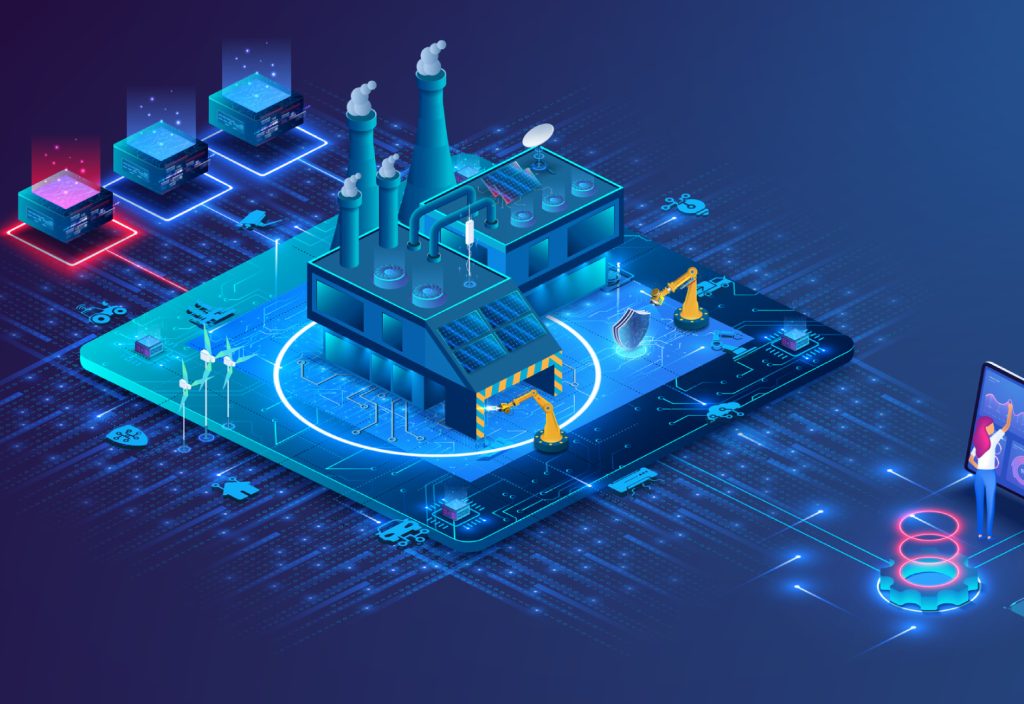| Michael Bell is a senior policy advisor at Engineers Australia. |
Australia has all the raw materials to be an advanced manufacturing powerhouse – if it can overcome some of the obstacles in its way.
Australia’s manufacturing sector is chronically undervalued, with many unaware of its size and importance.
But the $100b sector employs more than 800,000 people and is the second largest source of business research and development.
And while Australia can’t compete with lower labour-cost economies in traditional manufacturing, the rise of industry 4.0 technologies, along with Australia’s abundant material resources and highly educated workforce, puts us in a position of great possibility.
Late last month, the National Reconstruction Fund made its way through both houses of Parliament, setting Australia up for a $15b public investment in rebuilding Australia’s industrial base, with $1b of that earmarked for fostering advanced manufacturing.
Engineers will be foundational to any successful efforts to bolster advanced manufacturing, as engineering itself is a foundational aspect of advanced manufacturing.
Through an engineer’s ability to innovate and problem solve, they engage in research and development, a pre-production aspect of advanced manufacturing which creates the greatest value.
From here, having provided and proven the concept during research and development, engineers engage in design integration. Starting with analysis of advanced materials, they will look for competitive advantage through assessing different material options.
Through this assessment an engineer can consider circular economy principles, and product functionality by looking at aspects such as weight, strength and logistical compatibility.
But there are some challenges we must overcome to seize this opportunity. Solving them will require both government, private industry and professional associations such as Engineers Australia to all play their part.
Workforce constraints
Australia is far from the only nation stepping up its focus on advanced manufacturing capabilities. Supply-chain weaknesses highlighted by the pandemic, ongoing geopolitical tensions and concern around the carbon footprint of large volumes of exports are all prompting widespread recognition of the need for sovereign manufacturing capacity.
Where this becomes a particular issue for Australia is when it comes to the engineers who make advanced manufacturing possible.
Around three in five engineers in Australia are born overseas. Australia is already highly reliant on migration for our engineers; as global focus on manufacturing increases, we may not be able to rely on international skills to fill local gaps.
This is particularly pertinent for advanced manufacturing, where established centres for the sector such as Germany create a strong draw for the most talented engineers.
This should be a call to action for the manufacturing industry to engage more closely with the tertiary sector to ensure the correct volume and calibre of engineers are being trained and recruited locally.
Skills to keep pace
But progress is being made. Swinburne University, for example, has created a post-graduate course which will equip engineers with the skills they need to lead the transition to Industry 4.0. The course brings together manufacturing with computer science to prepare engineers for a design-led digital future and the enabling technologies already available (such as sensor and data analytics, advanced materials, automation and additive manufacturing.)
But one of the difficulties the industry must contend with is the rapid pace of change. It’s why a greater focus is needed on agile learning opportunities, such as micro-credentialing.
Creating opportunities for engineers to rapidly upskill in fast-developing areas of industry 4.0 will create a more nimble workforce and enhance cross-disciplinary skillsets.
Other challenges
There are also physical and financial challenges to overcome.
One formidable barrier is transporting manufactured goods to users. This is particularly the case for oversized products.
Local industry often competes with international businesses who can manufacture or fabricate products overseas and ship them direct to clients in areas such as the Western Australian Pilbara more easily, and with less transport costs, than locally made products.
This highlights how critical it is for a connected transport system that meets the needs of industry. For Australia to develop and maintain a manufacturing industry, particularly of oversize products, it needs to have the infrastructure to transport these products. This requires long-term planning and the protection of key high-wide load corridors to provide more efficient freight routes.
Even more crucial is supporting Australian innovation.
Australia is a chronic underperformer when it comes to the commercialisation of engineering innovation. When innovation does occur, it is often not commercialised domestically, sending jobs and opportunities offshore.
The development of wifi is a well-known example of this, but the software underpinning Google Maps was also developed locally before being sold offshore.
Other locations, such as Silicon Valley in the US, have well-established tech incubation pipelines and private funding options.
Recognising the potential
Despite these challenges, advanced manufacturing is making strides in Australia.
For instance, Perth’s Davies Wear Plate Systems successfully commercialised an innovative mining product using Industry 4.0 technologies.
Wear plate maintenance is a major cost for mining operations and inspections and replacement can impact productivity. Davies’ innovation was to develop a wear sensing system using sensors to capture live data on the condition of the plates to offer real-time forecasts of wear and maintenance timing.
Since being acquired in 2020 by Finland’s Metso Outotec, this Australian-designed and -manufactured technology is now being used by a large range of global mining operations.
Greater use of technology and innovative thinking opens more doors to increase trade intensity and exports, which generate new revenue streams.
But the biggest opportunities are far from being realised.
Industry 4.0 and advanced manufacturing can provide Australia a competitive advantage.
By bringing production closer to the end user, we can increase productivity in the sector, offset waste on the supply chain due to reduced input costs and open up opportunities to move up the value chain, all while reducing carbon emissions.
Engineers Australia recently made a submission to the federal Developing Advanced Manufacturing in Australia inquiry. You can read the full submission here.
